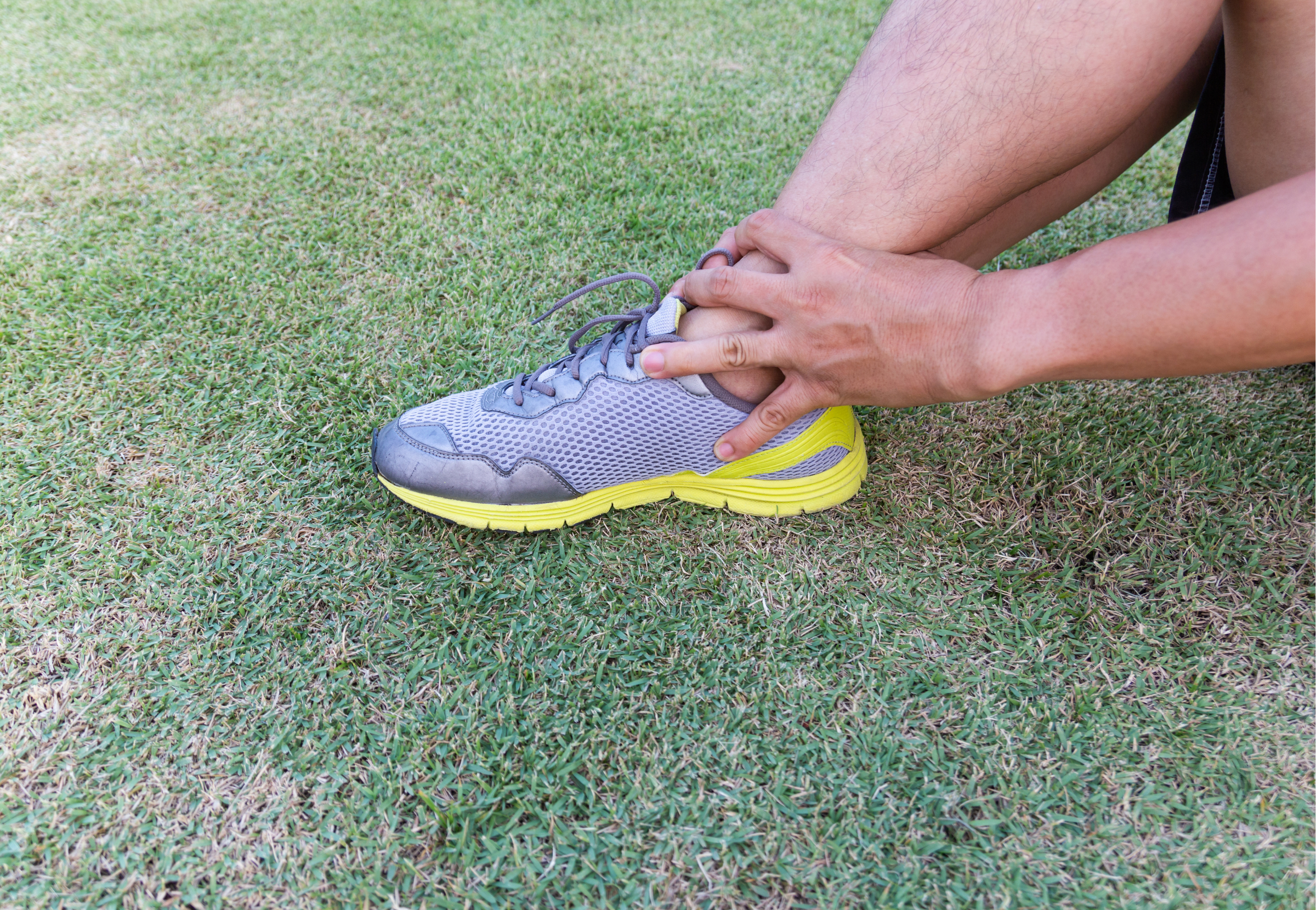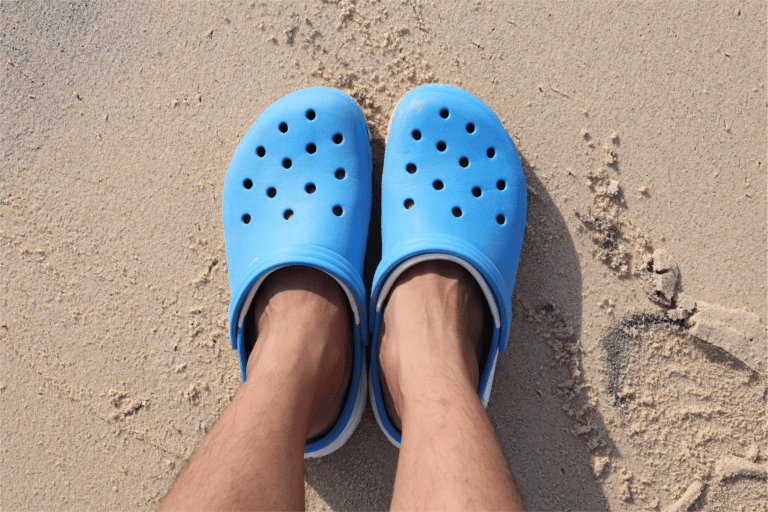What’s the Role of Ankle Support in Trail Running Shoes? Understanding Its Importance for Stability and Safety
Trail running introduces challenges that your ankles don’t typically face during urban runs. In my experience coaching runners, I’ve found that proper ankle support can be the linchpin for both performance and safety on the trails. Uneven terrain, frequent changes in direction, and natural obstacles all demand more from the ankles, making support a key feature in trail running shoes.
Choosing the right trail running shoes with adequate ankle support can prevent common ankle injuries like sprains and strains. As a certified running coach, I know that while some runners may require ankle support for every run, others might only need it when navigating particularly rough terrain.
It’s essential to find a balance between support and mobility to maintain agility and avoid over-reliance on support mechanisms that can lead to weakened ankle musculature over time.
Why Is Ankle Support in Trail Running Shoes So Important?
In my experience, proper ankle support in trail running shoes is crucial for both preventing injury and improving performance. It ensures stability on unpredictable terrain and optimizes a trail runner’s ability to navigate trails confidently.
Understanding Ankle Support
Ankle support in trail running shoes is designed to minimize the risk of ankle sprains and other injuries. Ankle sprains are common in trail running due to the uneven surfaces runners encounter. Supportive shoes can help to stabilize the foot and reduce the likelihood of the ankle rolling or twisting unexpectedly.
Impact on Stability and Performance
Strong ankle support enhances stability on rugged trails. It gives me the assurance to run on varied surfaces without hesitation. This stability directly correlates with improved performance, as a supported ankle allows runners to maintain proper form and use their energy more efficiently.

Types of Ankle Support Technologies
Trail running shoes offer various technologies for ankle support:
- Integrated Braces: Some shoes include built-in braces, offering a snug fit and substantial support.
- Reinforced Sidewalls: Shoes with reinforced sidewalls provide lateral stability, essential for trail running.
In summary, trail running shoes with targeted ankle support cater to the demands of off-road running, both safeguarding the runner and enhancing trail running performance.
How Trail Running Shoes Protect Your Ankles
As a UESCA certified running coach, I know that the design of trail running shoes is critical for providing ankle support. In this section, we’ll explore how different parts of a shoe’s anatomy contribute to ankle stability and safety during trail runs.
Shoe Structure and Ankle Alignment
The overall structure of a trail running shoe can significantly influence ankle alignment. A well-designed shoe with proper ankle support assists in maintaining proper foot positioning, which is essential in preventing rolls or sprains on uneven ground. Key elements include:
- Upper: Securely holds the foot to prevent internal shifting.
- Lacing System: Allows for adjustable tightness to support the ankles.
Midsole and Cushioning Effect on Ankles
The midsole of a trail running shoe is a dense foam layer that provides cushioning. This cushioning helps absorb shock and can reduce the strain on ankles by dampening the impact of rough terrain. Characteristics of an effective midsole include:
- Density: Balanced to offer support without compromising flexibility.
- Placement: Strategically located to alleviate pressure on the ankles.
Heel Counter and Ankle Safety
The heel counter is the back part of the shoe that wraps around the heel. A firm heel counter in a trail running shoe can enhance ankle safety by preventing unwanted movements. Details to consider:
- Heel Support: Firm to stabilize the heel and subsequently the ankle.
- Padding: Sufficient to protect the Achilles tendon without being restrictive.
Trail Challenges and Ankle Support Requirements
When trail running, the right ankle support can be the difference between a rewarding run and a painful sprain. Let’s explore how to navigate the challenges of trail running and the specifics of ankle support that can help prevent injuries.
Navigating Uneven Terrain and Preventing Injuries
As a UESCA certified running coach, I’ve seen firsthand how uneven terrain can impact a runner’s ankles. Trails are riddled with obstacles like rocks and roots that can quickly lead to an ankle sprain if you’re not careful. Hence, providing adequate protection becomes essential. When choosing trail running shoes, look for features such as:
- Reinforced sidewalls: These add stability and help prevent your foot from rolling.
- Low-profile cushioning: Keeps the foot closer to the ground for better proprioceptive feedback and balance.
| Type of Terrain | Ankle Support Feature | Purpose |
|---|---|---|
| Rocky Paths | Structured Heel Counter | Stabilize the heel and prevent slippage |
| Rutted Trails | Lateral Support | Reduce side-to-side ankle movement |
| Uneven Footing | Flexible Sole with Grip | Allow for natural foot movement and traction |
Weather and Environmental Considerations
During a trail run, weather and environmental factors like mud and wet conditions can present additional challenges. The combination of slick surfaces and irregular footing increases the risk of ankle injuries. In my experience, trail running shoes designed for these conditions should have:
- Water-resistant upper: Keeps your feet drier, which can prevent slipping inside the shoe and reduce blistering.
- Aggressive tread pattern: Provides better grip on mud and slippery rocks, reducing the chance of sudden, uncontrolled movements that can lead to an ankle sprain.
Taking these extra precautions can substantially reduce the risks of ankle injuries during trail runs, especially in adverse weather conditions.
Choosing the Right Trail Running Shoes for Ankle Stability
When it comes to trail running, selecting shoes with adequate ankle support and stability features is crucial to prevent injuries. My focus is to guide you to the best shoes for ankle support, ensuring safety and performance on uneven terrain.
Key Features for Enhanced Support
The following list highlights essential features that contribute to ankle stability in trail running shoes:
- Built-in Ankle Collars: These cushioned collars provide snug support around the ankle joint without restricting motion.
- Heel Counter: A firm heel counter offers additional stability, keeping the ankle aligned during lateral movements.
- Sole Design: Look for shoes with wide outsoles and aggressive tread patterns to improve balance on uneven surfaces.
- Midsole Density: Dual-density midsoles can help with pronation control, supporting the ankle indirectly.
Consider each feature with care, ensuring the shoe’s stability elements align with your specific needs as a trail runner.
Fit and Comfort: A Priority for Trail Runners
Ankle stability in trail running shoes must not come at the expense of fit and comfort. Here’s how to ensure both:
- Proper Sizing: Your shoes should have a snug fit around the midfoot with enough room in the toe box to prevent blisters.
- Padding: Adequate cushioning around the ankle and underfoot aids in shock absorption and comfort.
- Flexibility: While stability is essential, the shoe must still allow for natural foot movement.
- Breathability: Good air flow helps to prevent moisture build-up, which can lead to hotspots and discomfort.
Always try on multiple pairs and sizes to find the best combination of support, fit, and comfort suited for the rugged trails.
Maintaining Ankle Health Beyond Trail Running Shoes
Beyond selecting the right trail running shoes, I advise incorporating specific exercises and practices to maintain ankle health. This approach not only prevents injury but also enhances recovery if you sustain an ankle strain.
Preventative Exercises and Practices
Ankle strength and flexibility are crucial for trail running, where terrain is unpredictable. I recommend these targeted exercises:
- Calf Raises: These strengthen both the muscles and tendons surrounding the ankle joint. Stand on the edge of a step and raise your heels until you’re standing on your toes, then lower back down.
- Balance Training: Use a wobble board or balance pad to improve proprioception, which is the body’s ability to sense movement, action, and location.
Kinesiology Tape can also aid in stabilizing the joints without restricting full motion, which is essential for adapting to rough terrain. The tape provides gentle support to muscles and tendons as they endure the impact and directional changes inherent to trail running.
Recovery and Treatment After Ankle Strain
If you experience an ankle strain, it’s critical to follow a structured recovery protocol:
- Rest and Elevation: Immediately reduce load on the injured ankle and keep it elevated to decrease swelling.
- Ice Therapy: Apply ice to reduce pain and inflammation. Do this for 15-20 minutes every two hours for the first 48 hours post-injury.
Using an ankle brace can be beneficial during recovery, as it immobilizes the joint and allows it to heal while still performing daily activities. Once healing has progressed, gently reintroduce motion to the ankle with light stretches and range-of-motion exercises. Remember, every injury is unique, so tailor recovery strategies to your specific needs, sometimes in consultation with a healthcare professional.






